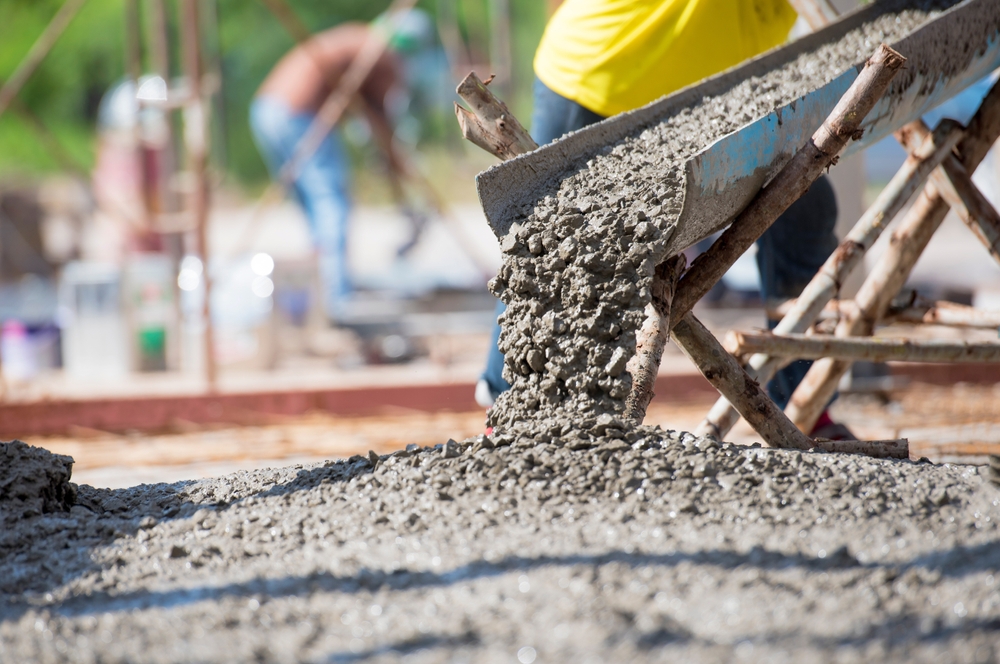What Is Flatwork Construction?

Flatwork construction is a crucial aspect of building and landscaping, particularly when it comes to creating durable and functional surfaces. In this blog, we will delve into the details of flatwork construction, its applications, and why it is an essential part of many construction projects. We will also highlight the importance of using materials like concrete slab and concrete flatwork for achieving the best results.
Understanding Flatwork Construction
What Is Flatwork?
Flatwork refers to any horizontal plane of concrete work that is poured on a flat surface. This includes a wide range of applications such as patios, sidewalks, driveways, foundations, and floors. Flatwork construction involves the creation of these flat surfaces using concrete, which provides a smooth, durable, and long-lasting finish.
Key Components of Flatwork Construction
- Concrete Slab: A concrete slab is a common component of flatwork construction. It is a flat, horizontal surface made of concrete, typically used for floors, patios, and driveways. The slab provides a sturdy foundation and can be reinforced with steel bars or mesh to increase its strength.
- Concrete Flatwork: Concrete flatwork encompasses a variety of flat surfaces constructed using concrete. This includes sidewalks, driveways, and other paved areas. Concrete flatwork is known for its durability and ability to withstand heavy loads and weather conditions.
The Process of Flatwork Construction
Preparation
The first step in flatwork construction is site preparation. This involves clearing the area of debris, leveling the ground, and compacting the soil to create a stable base. Proper preparation ensures that the concrete will be evenly distributed and prevents future issues such as cracking or sinking.
Formwork
Formwork is used to create a mold for the concrete. It consists of wooden or metal frames that outline the shape and size of the flatwork. The formwork must be securely placed to ensure the concrete retains its shape as it sets. Accurate formwork is crucial for achieving the desired dimensions and finish of the flatwork.
Reinforcement
Reinforcement involves adding steel bars or mesh within the formwork to strengthen the concrete. This is particularly important for concrete slabs and flatwork that will bear heavy loads, such as driveways and industrial floors. The reinforcement helps distribute weight and prevents cracking.
Pouring the Concrete
Once the preparation and formwork are complete, the concrete is mixed and poured into the mold. It is essential to pour the concrete evenly and avoid gaps or air pockets. After pouring, the concrete is leveled and smoothed using various tools to achieve a uniform surface.
Finishing
Finishing is the final step in flatwork construction. This involves smoothing the surface of the concrete and applying any desired textures or patterns. The finishing process can include techniques such as troweling, broom finishing, or stamping to create different effects. Proper finishing enhances the appearance and functionality of the flatwork.
Applications of Flatwork Construction
Residential Applications
Flatwork construction is commonly used in residential projects for driveways, patios, and sidewalks. Concrete slabs provide a solid foundation for these surfaces, ensuring they are durable and long-lasting. Homeowners often choose concrete flatwork for its low maintenance and aesthetic appeal.
Commercial and Industrial Applications
In commercial and industrial settings, flatwork construction is essential for creating durable and functional surfaces. This includes parking lots, warehouse floors, and loading docks. Concrete flatwork in these environments must be able to withstand heavy traffic and equipment, making it a preferred choice for many businesses.
Landscaping and Outdoor Spaces
Flatwork construction is also popular in landscaping and outdoor spaces. Concrete flatwork can be used to create pathways, garden patios, and pool decks. The versatility of concrete allows for various design options, making it a popular choice for enhancing outdoor areas.
Benefits of Flatwork Construction
Durability
One of the primary benefits of flatwork construction is its durability. Concrete is a robust material that can withstand heavy loads, weather conditions, and wear and tear. This makes it an ideal choice for surfaces that need to be long-lasting and low maintenance.
Versatility
Concrete flatwork offers versatility in design and application. It can be molded into various shapes and sizes, allowing for customized solutions for different projects. Additionally, concrete can be colored, textured, and stamped to achieve different finishes and aesthetic effects.
Cost-Effectiveness
Flatwork construction is cost-effective due to the relatively low cost of concrete and the minimal maintenance required over its lifespan. The durability of concrete also means that repairs and replacements are infrequent, saving money in the long run.
Sustainability
Concrete is a sustainable building material, particularly when sourced locally and produced using environmentally friendly methods. Additionally, the longevity and durability of concrete flatwork reduce the need for frequent replacements, contributing to sustainability in construction practices.
Challenges in Flatwork Construction
Proper Installation
Achieving high-quality flatwork construction requires proper installation techniques. Any errors in preparation, formwork, or pouring can lead to issues such as cracking, uneven surfaces, or poor drainage. It is essential to hire experienced professionals to ensure the best results.
Environmental Conditions
Environmental conditions such as temperature and humidity can affect the curing process of concrete. Extreme weather conditions can lead to premature cracking or uneven curing. Proper planning and timing are crucial to mitigate these risks.
Maintenance
While concrete flatwork is low maintenance, it is not completely maintenance-free. Regular cleaning and sealing are necessary to protect the surface from stains, weathering, and wear. Proper maintenance extends the lifespan and appearance of the flatwork.
Conclusion
Flatwork construction is a vital aspect of building and landscaping, offering durable and versatile solutions for various applications. From residential driveways and patios to commercial parking lots and industrial floors, concrete slab and concrete flatwork provide robust and long-lasting surfaces. Understanding the process and benefits of flatwork construction can help in making informed decisions for your next project, ensuring a successful and sustainable outcome.



